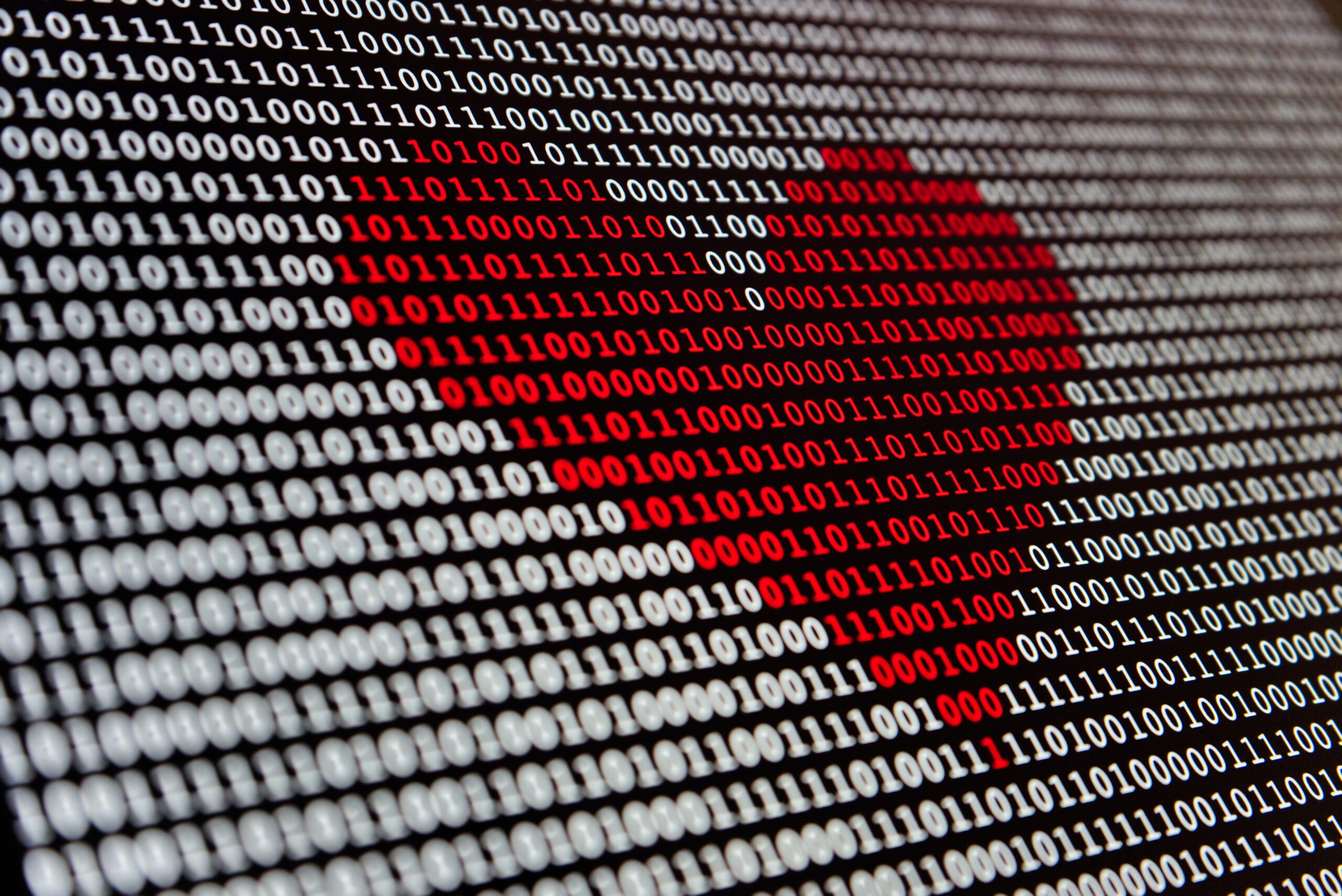
Using Cryo-Electron Microscopy to Study the 3D Structure of Macromolecules
Electron Microscopy utilizes a beam of electrons to form an image of a sample. Electrons, however, have a much shorter wavelength than that of light, and can thus resolve much smaller objects. With the advent of flash-freezing samples to preserve their native biological structure -“Cryo-EM” as a technique was born. This enabled the three-dimensional structures of large proteins and viruses to be elucidated but took a quantum leap forward a decade ago with the introduction of direct electron detectors and new automation approaches. Today, Cryo-EM routinely enables the visualization of the near-atomic structures of proteins and macromolecular assemblies. This lecture will introduce the concepts behind Cryo-EM and give examples of biological structures that have been determined at Wash U.
Free and open to all, pre-registration required.
This event has passed.
Presenter
James A.J. Fitzpatrick, Ph.D. is currently the Scientific Director of the Washington University Center for Cellular Imaging and a Professor of Neuroscience, Cell Biology & Physiology and Biomedical Engineering at Washington University. A native of London, Dr. Fitzpatrick completed his undergraduate studies at King’s College, receiving his B.Sc. degree with First Class Honors in 2000. He subsequently completed his doctorate in physics at the University of Bristol, also in the United Kingdom in 2003. Late that year, he emigrated to the United States for post-doctoral training at the University of Pittsburgh and Carnegie Mellon University where he developed his passion for microscopy and advanced cellular imaging technologies. In 2009 he was appointed the inaugural Director of the Waitt Advanced Biophotonics Center at the Salk Institute in La Jolla, CA, where he developed several correlative microscopy approaches. In 2015, he was recruited to Washington University as the inaugural Director of the Center for Cellular Imaging where he works directly with biomedical researchers to integrate cutting-edge imaging and analysis tools into their research programs. In addition, he continues to focus on the development of correlative microscopy methods and leverages those efforts in collaborative studies relating to cancer, protein aggregation, and neurodegeneration.